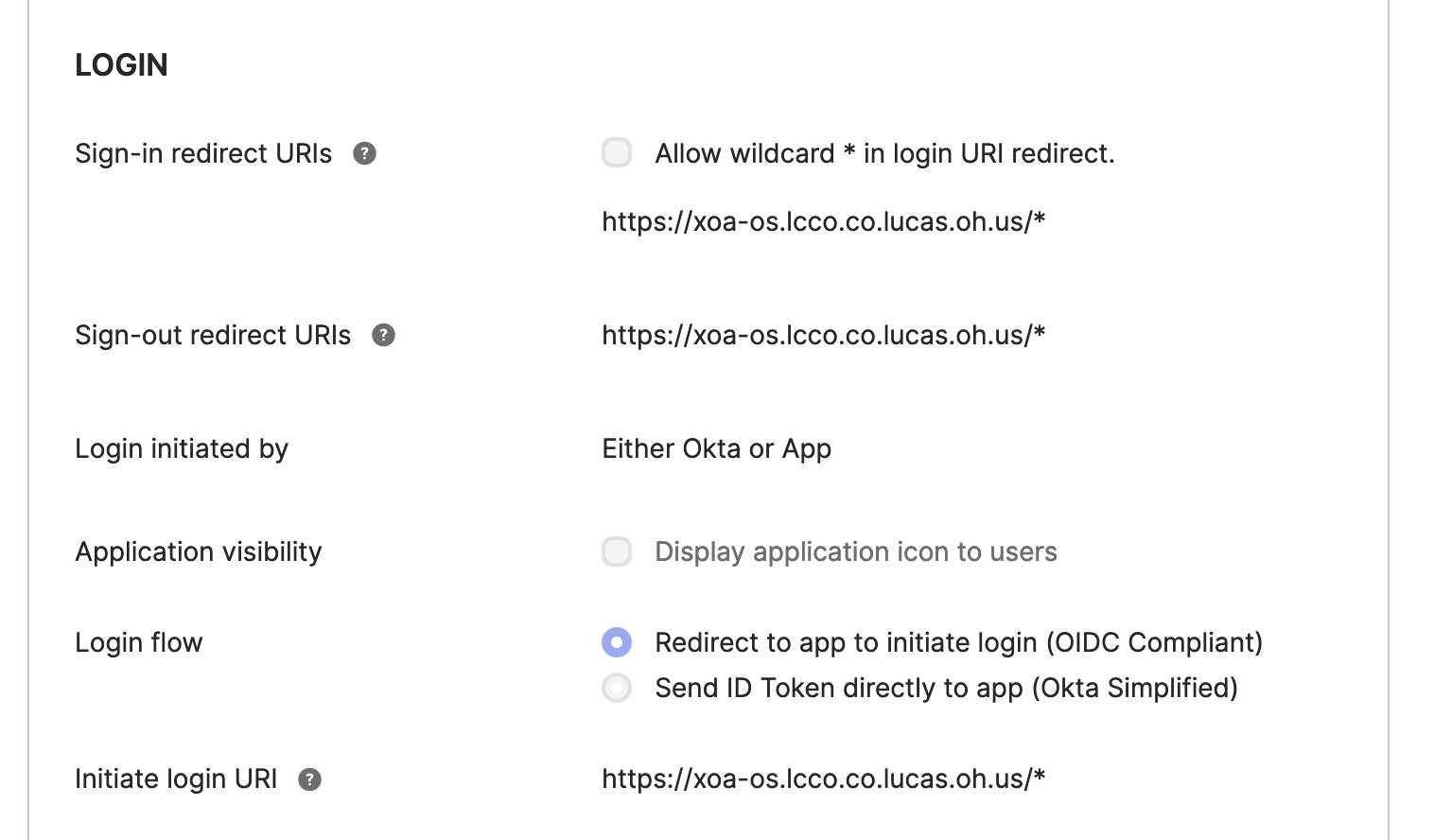This is the message that appeared in the logs when Object lock was enabled. After changing the Object lock on the B2 bucket back to 0 the error resolved. In Backblaze once Object lock is enabled it cannot be disabled.
remote.test
{
"id": "395eab46-2f98-4581-b8da-1444f40da06a"
}
{
"message": "Cannot read properties of undefined (reading 'httpStatusCode')",
"name": "TypeError",
"stack": "TypeError: Cannot read properties of undefined (reading 'httpStatusCode')
at S3Handler._sync (/opt/xo/xo-builds/xen-orchestra-202404121746/@xen-orchestra/fs/src/s3.js:462:27)"
}
As a quick test, I turned the Object lock to 2 days and ran the connectivity test.
This is the error message that came back with a 2-day object lock.
Error
{
"name": "InvalidRequest",
"$fault": "client",
"$metadata": {
"httpStatusCode": 400,
"requestId": "4d2e36629f72e33e",
"extendedRequestId": "aNKplp2YaZs40bWLzODM5kTl4N05hXWT/",
"attempts": 1,
"totalRetryDelay": 0
},
"Code": "InvalidRequest",
"message": "Missing required header for this request: Content-MD5"
}
Test step
write
If I change the Object lock back to 0 days and rerun the connectivity test I get the following result. "The remote appears to work correctly"
